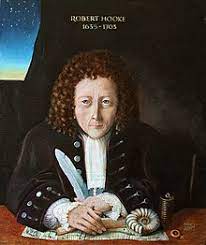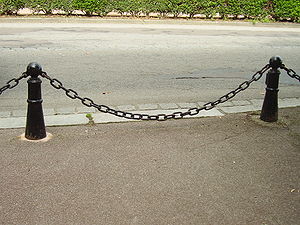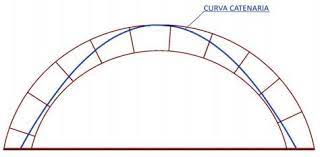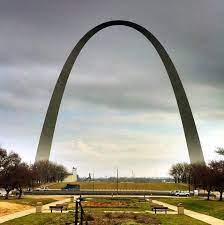
Before I started studying architecture I discovered an architect youtuber called Ter that explained concepts and things she liked of architecture in an enjoyable way. It wasn’t because of this youtuber that I chose to study architecture but I still like watching her videos. The other day I was rewatching some of her videos and I bumped in one of my favourite ones one talking about the Catenary.
To talk about the catenary we first need to talk about Robert Hooke and the arches. Robert Hooke was a very important scientific that tried to discover how arches really worked and what was exactly the way loads were transferred to the ground.
He discovered that in all the arches the loads followed the same curve defined by an equation, this curve is called the catenary.


This may not seem important but knowing the exact trajectory of the loads allows to build arches with only the exact amount of material needed and not with lots of useless material.
The catenary is also the shape that a chain with uniform weight has when it is subjected from the extremes but upside down.

After all these assumptions and investigations he stablished that the optimum geometry for an arch that only supports his own weight is an inverted catenary.
This was the first time I was really shocked about something in architecture that wasn’t the beauty or the shape of a building, I was amazed by the logic behind it, the math and the coherence.
It obviously isn’t because of this video that I decided to study architecture, that would have been very irresponsible, but I have to admit that this feeling of surprise and astonishment felt kind of good and I couldn’t avoid trying to feel the same way again. Thanks to that I kept watching videos about architecture, searched some blogs and pages on the internet and even started to look in a more analytical and curious way to what surrounded me.
Here is the video that inspired me to write this reflection:
